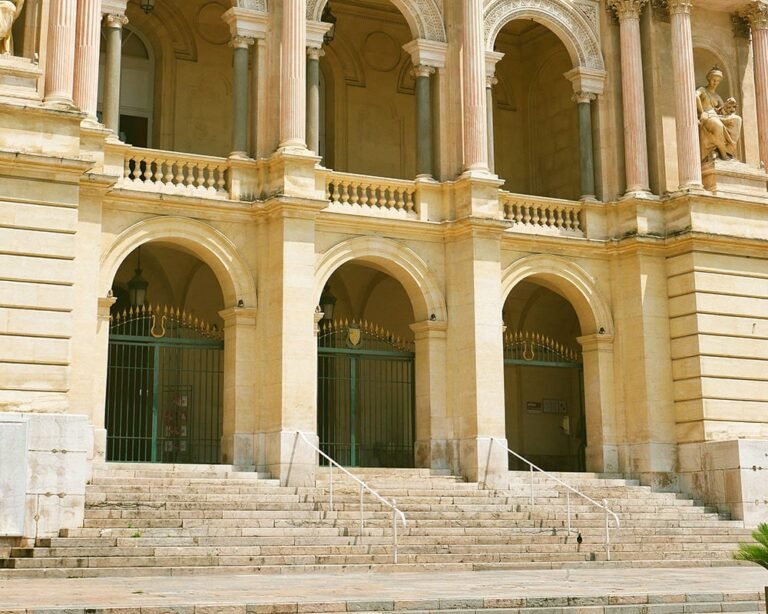Grammar: French noun gender 01
French noun gender is a way of categorising all nouns (naming words) in the French language into either the masculine category or the feminine category. English used to have noun genders but they have all been lost, with the exception of ships being traditionally regarded as feminine, as in the phrase, “Bless this ship and all who sail in her.”
French noun gender is based on two things: (1) the spelling of the word itself and (2) the spelling of the Latin word from which the French word originally came.
1. Masculine nouns usually end in a consonant
A consonant is any letter of the alphabet except a, e, i, o or u).
Masculine noun examples:
- Le sport (the sport)
- Le sac (the bag)
- Le but (the goal)
- Le pain (the bread)
- Le garçon (the boy)
2. Feminine nouns usually end in a silent “e”
A silent “e” is not pronounced, at all unlike an “é” (an e with an acute accent) ending, which is pronounced.
Feminine noun examples:
- La robe (the dress)
- La pomme (the apple)
- La table (the table)
- La jupe (the skirt)
- La fille (the girl, the daughter)
- La femme (the woman, the wife)
There are many exceptions to these two rules. For example, nouns that end in -tion or -sion are feminine, and nouns that end in -age are masculine. And “l’homme” (the man) is masculine, despite ending in a silent “e.” But learning these exceptions is faster than having to memorise, one by one, the gender of every single noun in French.
Except in the case of people or animals, French noun gender has nothing to do with whether a noun has masculine or feminine associations. For example, the army “l’armée” is feminine, based purely on its spelling. And the word for love, “l’amour,” is masculine, again based on its spelling.
The exceptions to this are nouns that indicate male and female versions of people or animals, such as “le chien” (the dog) and “la chienne” (the female dog), or nouns which indicate professions and which have been recently modified to include feminine versions, such as “l’avocat” for the lawyer and “l’avocate” for the female lawyer.
In such cases, the masculine version is also used as the neuter version. So “le chien” can mean “the male dog” but it usually means “the dog of indeterminate (unknown) gender.” And “l’avocat” can mean “the lawyer” in general, or specifically “the male lawyer.”
Some nouns are still masculine for people of either gender, such as “le professeur” (the teacher).
More intuitively, words like “le garçon” meaning “the boy” are masculine, while words like “la fille” meaning “the girl” or “the daughter” are feminine.







One Comment